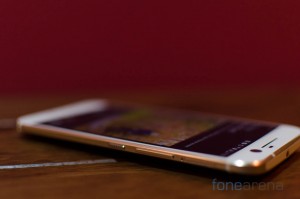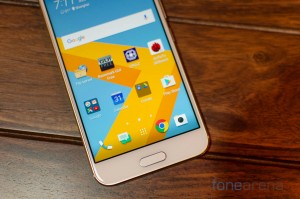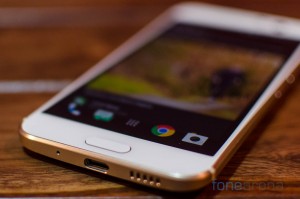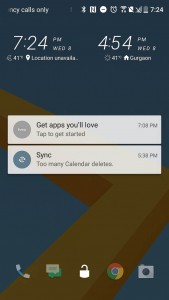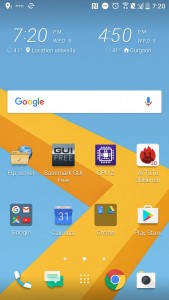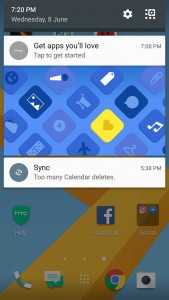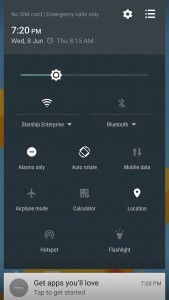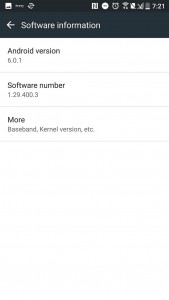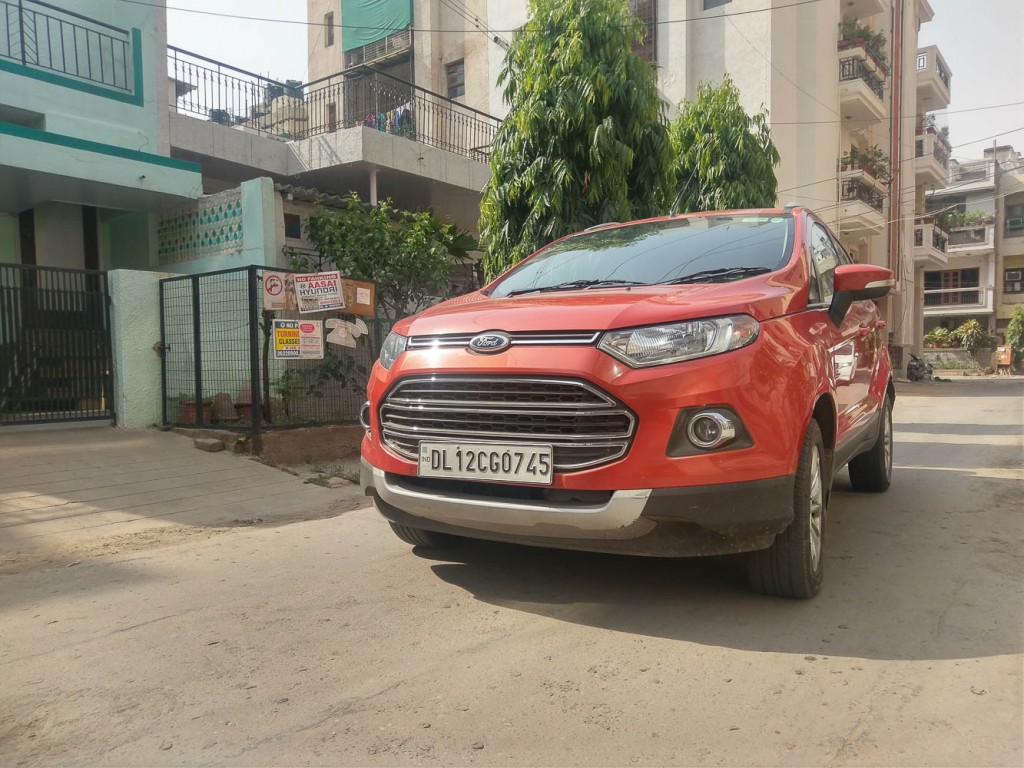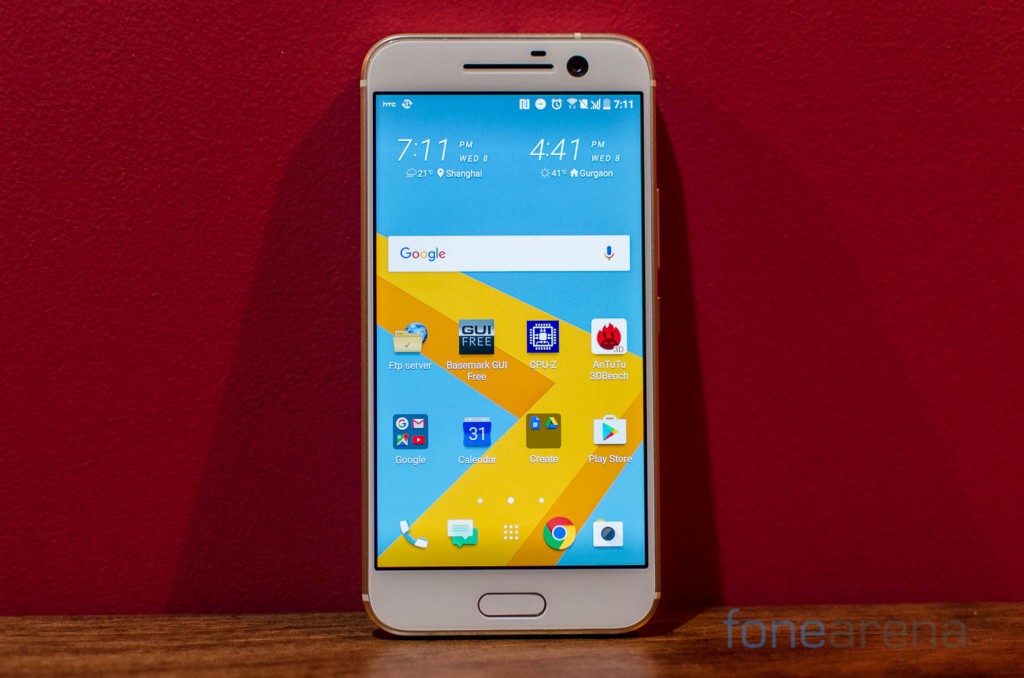 If you’ve used a smartphone anytime in the last ten years, there’s a good chance that you’ve used an HTC. After cutting their teeth on Windows Mobile and being amongst the launch partners for Android, HTC really has seen it all. Technology trends high and low, devices that have reached halo status while others than haven’t. From the launch of the One series with the drop-dead gorgeous M7 and successors that were comparatively hit or miss, HTC hasn’t needed a hands-down success as much as it does now. It’s a changing smartphone scenario and the Chinese are eating the industry stalwarts for breakfast. With that in mind, we decided to put the new HTC 10 through its paces.
If you’ve used a smartphone anytime in the last ten years, there’s a good chance that you’ve used an HTC. After cutting their teeth on Windows Mobile and being amongst the launch partners for Android, HTC really has seen it all. Technology trends high and low, devices that have reached halo status while others than haven’t. From the launch of the One series with the drop-dead gorgeous M7 and successors that were comparatively hit or miss, HTC hasn’t needed a hands-down success as much as it does now. It’s a changing smartphone scenario and the Chinese are eating the industry stalwarts for breakfast. With that in mind, we decided to put the new HTC 10 through its paces.
HTC 10 specifications
- 5.2-inch (1440 x 2560 pixels) Quad HD Super LCD 5 display with 2.5D Gorilla Glass
- Quad-Core Snapdragon 820 64-bit processor with Adreno 530 GPU
- 4GB RAM, 32/64GB internal storage, expandable memory up to 2TB with microSD
- Android 6.0 (Marshmallow) with HTC Sense 8.0 UI
- 12MP (HTC Ultrapixel 2) camera with dual-tone LED flash, 1.55um pixels, f/1.8 aperture, Laser AF, OIS, 4K video recording
- 5MP autofocus front-facing camera with 1.34um pixels, f/1.8 aperture, OIS, 23mm focal length, 86-degree wide-angle
- HTC BoomSound, Dolby Audio, three noise cancellation microphones
- Fingerprint sensor
- Dimensions: 145.9 x 71.9 x 3.0 – 9.0mm; Weight: 161 grams
- 4G LTE, WiFi 802.11 ac/a/b/g/n (2.4 and 5GHz), Bluetooth 4.2 and GPS with GLONASS, NFC, USB Type-C
- 3000mAh battery with Quick Charge 3.0
Design
The HTC 10 is beautiful. Its been a while since we’ve had that response for any device but really, from a design perspective it is hard to find fault with the hardware. Impeccable build quality, solid construction and a design that imbibes all the traits pioneered by One & Company Design.
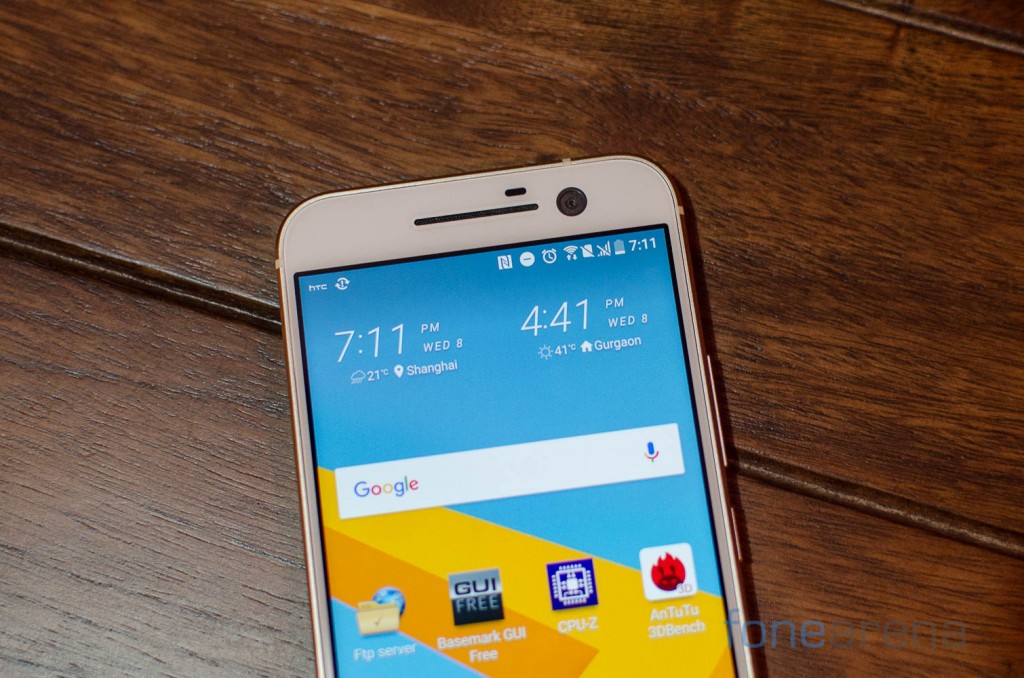
The basics remain the same as you’d expect of course. There’s a 5.2 inch Quad HD Super LCD display with healthy bezels on all sides. Below it are two capacitive keys flanking the home key which also doubles up as a fingerprint reader. You might get the impulse to press down the center button but that’s a capacitive key too. Up at the top is a larger than usual front facing camera accompanied by the earpiece which doubles up as a speaker. You also get a notification LED as well as light and proximity sensors.
The right side of the phone is where both the volume rocker and the power button lies. The power button has a ridged pattern on it that makes it nicely grippy. On their own though, both the buttons provide very good tactile feedback. Seriously, the entire things reeks of precision engineering and we don’t use that term mildly!
The missing IR port is bound to be a sore point for quite a few users including yours truly but i suppose given the waning popularity of the standard, it’s no shock either. Instead, a 3.5mm audio jack sits in the center. At the bottom lies the USB Type C connector that is used for charging the phone via the Quick Charge 3.0 standard. You’ll also find a speaker here that when paired with the loudspeaker hidden in the earpiece, offers stereo playback.
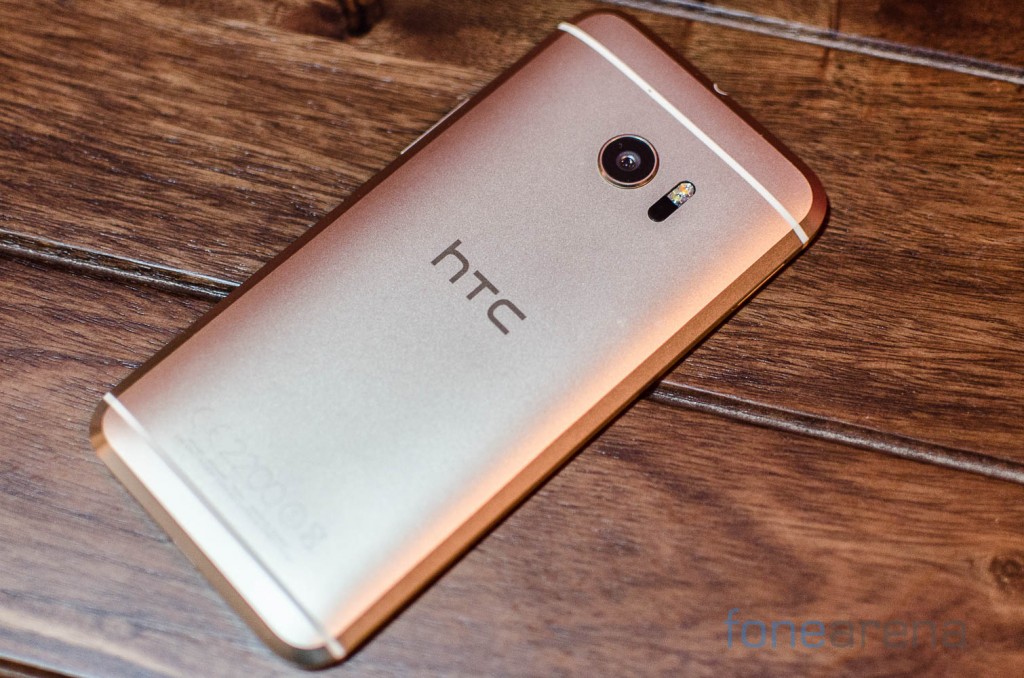
Flip the phone over and you come across the first divisive element. Chamfered edges are nothing new but they are absolutely massive on the 10. Looking at the press renders i was pretty skeptical about this element of the HTC 10’s design but it all starts to make sense when you pick up the device for the first time. The chamfered edges and the gently curved, tapering design make the phone particularly comfortable to hold. A camera module protrudes out slightly from the design and to its right lies the dual-tone LED flash as well as its accompanying laser assisted flash.
The HTC 10 is about 9mm thick and weighs over a 160 grams making it amongst the chubbier flagship devices this time around but given the fit and finish and quality of materials used, we can’t really complain about it either. If having the slimmest design around matters to you, the HTC 10 might not be the device for you.
Software
From a software perspective, the HTC 10 is more of the same. This isn’t necessarily a bad thing though given that HTC’s skin is usually light on bloat and has useful additions in all the right places.
The lock screen offers a couple of shortcuts but if you’re using a fingerprint scanner, there’s a good chance you’ll bypass the lock screen altogether. The homescreen retains a two level app hierarchy. You can place your favorite apps and widgets on the homescreen. Tapping the shortcut below allows you to dive into a secondary screen where you can find the full list of apps on your phone. The app drawer is customizable and you can set different sized app grids as well as rearrange them in alphabetical order of use.
On the homescreen, the leftmost pane is reserved for HTC’s Blinkfeed. Once again, Blinkfeed too has seen a fair bit of load shedding and you can add your favorite content to it. It might work as a basic alternative to aggregators like Feedly for some but power users will still want their favorite, full-fledged app.
Really though, Sense UI in its iteration on the 10 is as minimal as we can see HTC going without removing the entire shin-dig. There’s precious few pre-installed apps and navigation around the UI is very close to stock. The HTC 10 runs Android 6.0.1 and has built in skinning support via the Themes app.
Performance
With a Quad Core Snapdragon 820 processor and 4GB of RAM onboard, you wouldn’t expect the HTC 10 to be a slouch. You’d be right too as the phone scorches through anything you throw at it. There are no peculiar lags or frame drops anywhere in the UI. Over a week of testing, we never really had a cause for concern. Playing high-resolution games has a tendency to heat up the phone around the camera module but not to an uncomfortable degree. All in all, the phone works as smooth as it is expected without skipping a beat and is really the best judge of a phone’s performance capabilities in our opinion. In synthetic benchmarks, the HTC 10 isn’t the fastest out there but we won’t really hold it at fault for that since synthetic benchmarks are rarely indicative of real world performance which we found absolutely satisfactory. Here are a few benchmarks for your perusal.
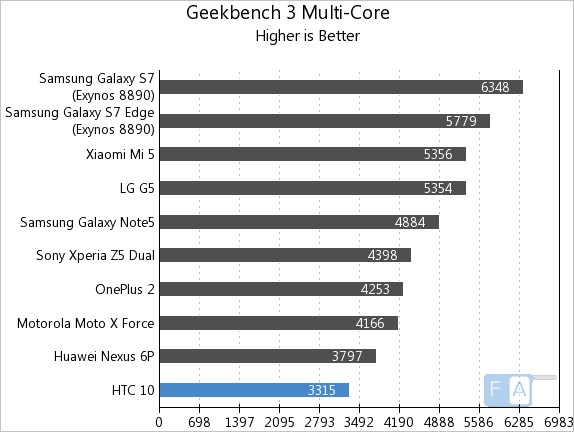
In the Geekbench 3 Multi Core benchmark, the HTC 10 scored 3315 points placing it at the bottom of our test bench which includes other Snapdragon 820 phones like the Nexus 6P and the Xiaomi Mi5.
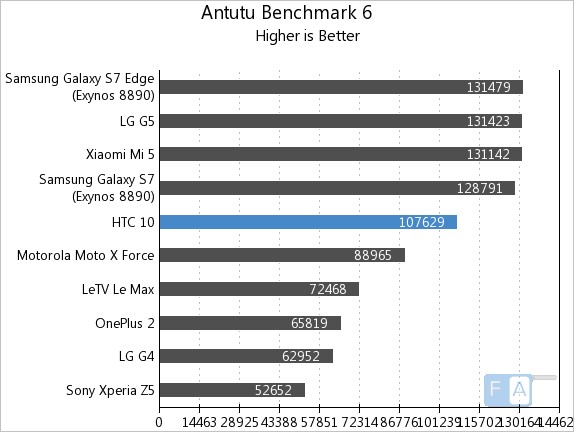
In the AnTuTu benchmark, the phone scores 107629 points placing it in the upper segment of the competition. Other flagships like the LG G5 do manage to outpace the HTC 10 though.
Display
Like previous generations, HTC has once again opted for a Super LCD panel on their device. The resolution has gone up to Quad HD over a screen panel that measures 5.2 inch and results in a pixel density of about 564.85.
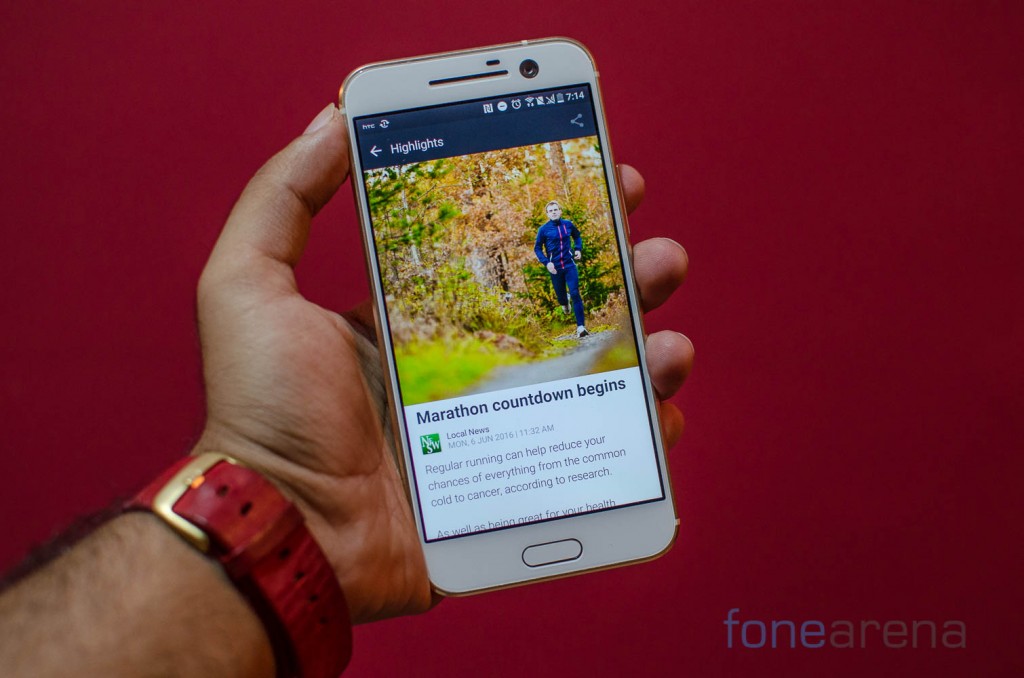
On its own, the display is really good to look at. The 2.5D curve around the edges of the Gorilla Glass 4 display feels great in the hand. There’s a slight shift in contrast when you look at the screen from an angle but it’s not drastic and doesn’t impair the viewing experience at all. Unfortunately, the screen isn’t as bright as some of the competitors which means that while you can certainly view the screen outdoors, it isn’t as good at it as compared to others. With the display set to Vivid, the multimedia viewing experience is as good as it gets.
Camera
HTC’s history with the UltraPixel technology has been hit or miss. The 4MP modules that massively reduced noise in images was derided for the low resolution shots. With UltraPixel 2.0, the HTC 10 brings a 12MP camera that has larger pixels and a resolution that is good enough for most users.
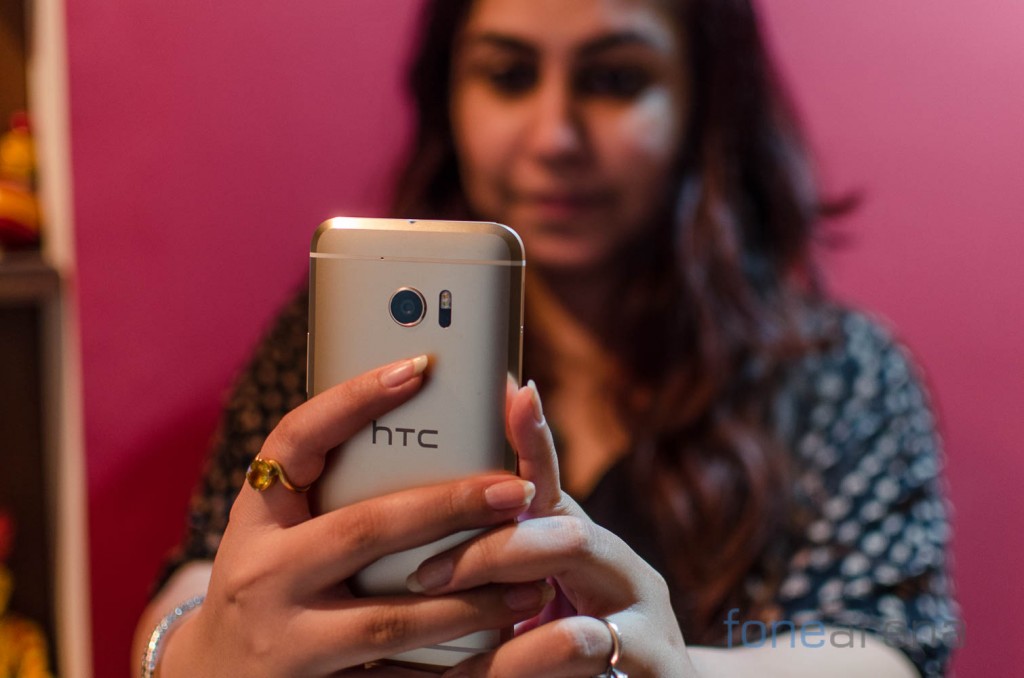
The HTC 10 also comes with an Optical Stabilization System and has f/1.8 aperture. There’s a dual tone LED flash on the side alongside the laser autofocus system. Interestingly, the HTC 10 also has optical image stabilization on the front facing camera that helps in taking some really good selfies as you can note in the image gallery below.
The camera on the 10 is a mixed bag. You can’t really complain about the general performance from the camera but it is nothing exceptional either. On its own merits, the camera does well enough for sure but the standard set by the likes of the Samsung Galaxy S7 and even the LG G5 for that matter are so high that the HTC really feels lackluster.
Noise levels on the phone are mostly under control but the images are somewhat muted. We don’t mind that as it gives a more natural look and you can always use the robust manual mode to tweak it. The camera has a lot of issues with lens flare which makes night images tricky to capture.
Connectivity & Battery Life
In terms of connectivity, the HTC 10 has 4G LTE, WiFi 802.11 ac/a/b/g/n (2.4 and 5GHz), Bluetooth 4.2 and GPS with GLONASS, NFC as well as USB Type-C. It is unfortunate that HTC has sought to remove the IR port from the device as there exists a small but vocal community of users who make use of the IR port for controlling electronics around the house. The phone has 32GB of storage of which around 23GB is available at launch and you can boost that via the microSD card slot. You’ll definitely want to bump up that storage as the phone packs solid audio credentials. Once you’ve calibrated your headset with the phone using the pop-up wizard, you’ll notice a marked ‘improvement’ in audio quality. Then again, audio is subjective and what we liked, you might not prefer. It is possible to remove the equalizers being applied. The phone also has BoomSound support which is nice to have but unfortunately doesn’t come close to the loudness we’ve experienced on previous generations of hardware.
The HTC 10 has a 3000 mAh battery that is equipped with Qualcomm’s Quick Charge 3.0 support. The phone lasts a full day with frugal use but you’ll likely have to charge up the device before the end of the day and in this case the Quick Charge capability comes in very handy.
Conclusion
It is by no means a flawless device but never before has HTC come so close to create a near-perfect phone. The HTC 10 is the culmination of everything that the Taiwanese company stands for and has embraced what really makes a HTC phone to the T.

Can we wholeheartedly recommend the hardware though? Well, if the camera capability is of utmost priority, then the 10 just isn’t competent enough and the likes of the Galaxy S7 and the iPhone handily push ahead. From an overall package perspective though, the HTC 10 can easily keep pace with the best of them and offers some of the best hardware and design on the Android side of things.
Pros
- Design
- Audio Output
- Bloat-free Software
Cons
- Camera Quality
- Not Waterproof

